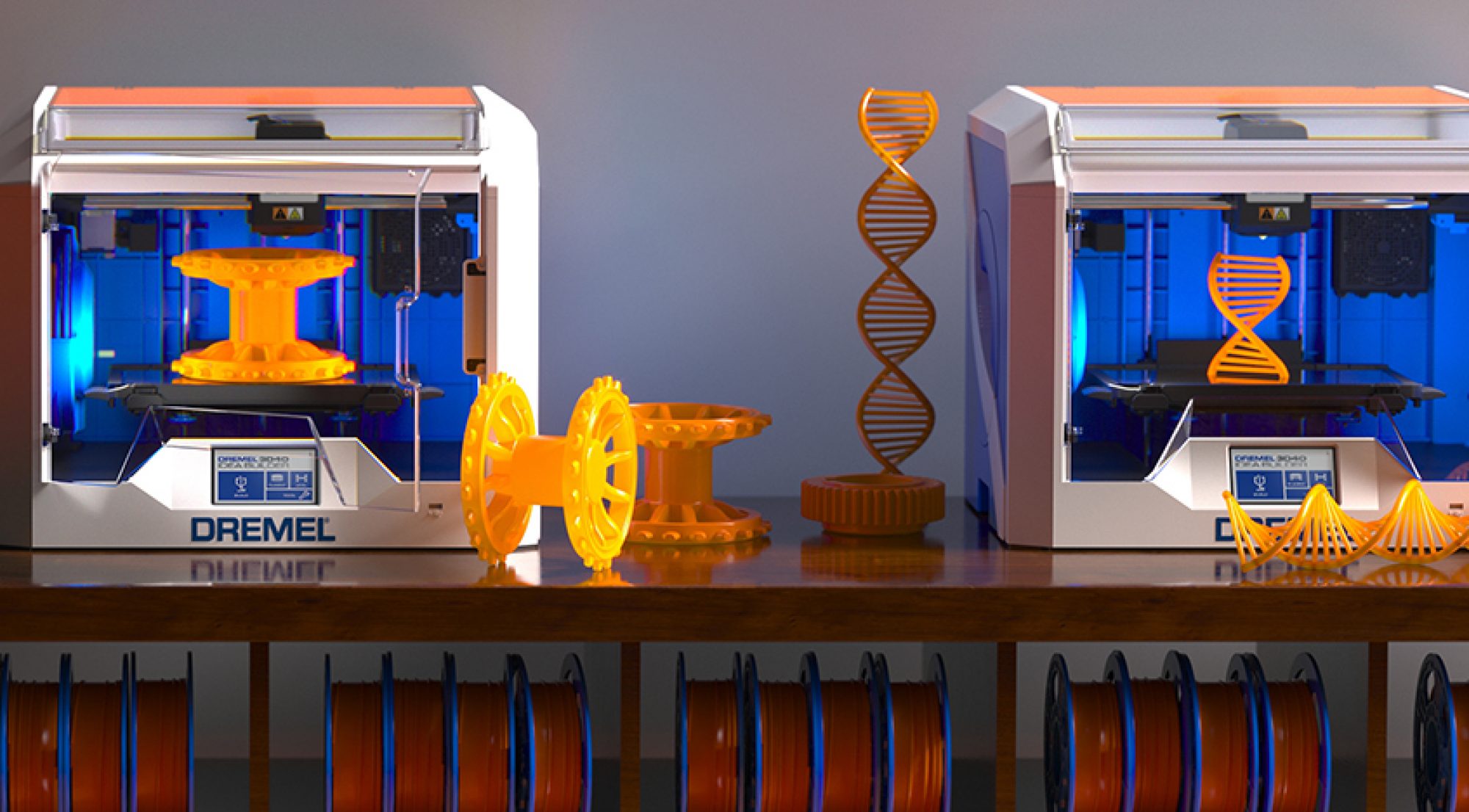Well, I had been continuing development for the Octoprint plugin. This plugin captures a picture on each Z-axis increment, and is supposed to process the images and the pre-computed model that Hannah’s code generated. However, apparently Lucas’ computer and 3D printer are broken, and since he never sent real images using our camera (and corresponding intrinsic/extrinsic matrices), I couldn’t do full tests of the system with known camera parameters. So this past week I’ve been trying to figure out how to, with only 1 image and 1 point cloud, estimate 3D-2D point correspondences without knowing the world-to-camera matrix — since we didn’t have access to a 3D printer, I thought the easiest way to test the whole system was to stream in a timelapse of a 3D print (many can be found on YouTube, and usually include a link to the STL file or gcode being used). It’s easier said than done, because as the number of point cloud points increase, many of the algorithms I looked at performed in the order of magnitude of an hour (which is not useful for our project nor is it feasible debugging-wise).
Basically a large portion of my time was spent on the development of the plugin, which I guess can’t really be tested/debugged in tandem with the printer since the printer is broken; the Canny Edge detector works fine, but the 3D-2D projection is not working. So the team has produced no performance-related results.
As I’m trying to figure out a solution to the problems, I am also trying to figure out what went wrong with our design described in the Design Report (apart from COVID-19). Perhaps some important concepts weren’t elaborated on and certain assumptions were taken for granted? At this point, I highly doubt we’ll have anything presentable for the final presentation or demo, but the computer vision concepts and papers I’ve learned and come across are incredibly interesting and I would like to continue pursuing and developing the project for my own sake.
